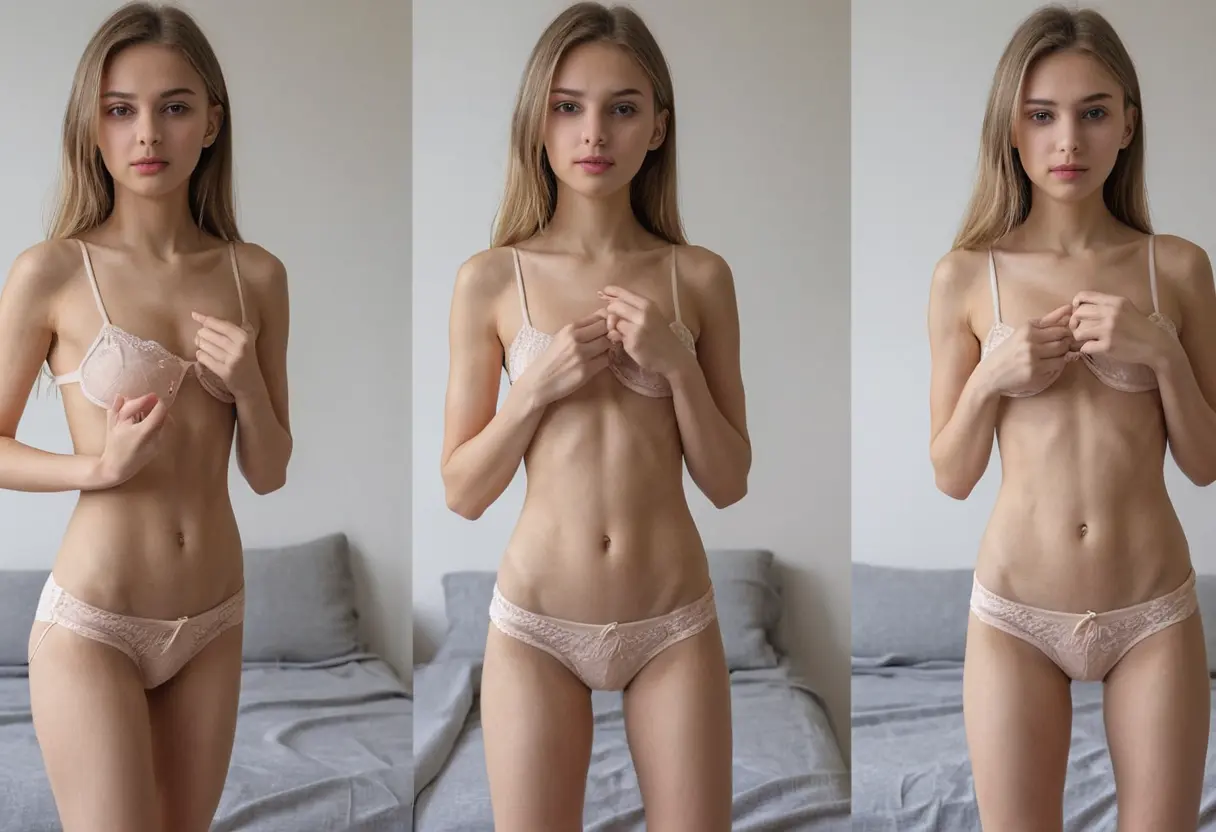In recent years, Artificial Intelligence (AI) has become a game-changer in many industries, and one of its most fascinating applications is in the field of image processing. AI is not only enhancing how images are edited, but also enabling the automatic removal of clothing in photographs. This technological breakthrough is both controversial and revolutionary, with vast implications across various sectors such as fashion, advertising, and even entertainment. In this article, we will explore how AI is transforming image processing and the specific technology behind the removal of clothing, its potential uses, and the ethical considerations involved.
Image processing involves the manipulation and enhancement of digital images through software or hardware, and AI is playing a critical role in making these processes faster, more efficient, and more accurate. Traditional image editing methods often require manual intervention, but AI-based tools use deep learning algorithms to identify patterns and features within an image, enabling automated adjustments.

With the help of AI, common tasks like color correction, image enhancement, and background removal are now quicker and more precise. Additionally, AI can learn and adapt to various visual styles, making it increasingly adept at producing high-quality, customized images. These advancements are particularly useful in industries such as photography, marketing, and design, where high-quality visuals are essential.

One of the most controversial applications of AI in image processing is its ability to automatically remove clothing from an image. This technology is powered by machine learning models trained on vast datasets of human anatomy and clothing types. These AI models can detect the outline of clothing and separate it from the rest of the image, creating an altered version that appears as if the clothing has been digitally removed.

While this technology is often associated with adult content or inappropriate uses, it has potential benefits in areas like virtual fashion try-ons, creating digital avatars for games, or helping designers simulate clothing in a 3D space. By using AI to remove clothing, designers can test how a garment fits or looks on different body types without needing to create physical prototypes.
The application of AI in image processing goes far beyond clothing removal, extending to various domains such as:
The process of clothing removal in images using AI relies on sophisticated deep learning techniques, specifically a subset called convolutional neural networks (CNNs). CNNs are highly effective for image recognition tasks because they mimic the way the human brain processes visual data. These networks analyze an image at multiple levels of abstraction to identify key features, including objects, textures, and contours.
Once the network is trained on millions of images, it can generate realistic modifications, such as removing clothing, adjusting body proportions, or changing the appearance of a scene. While the underlying technology is highly sophisticated, the ethical implications and potential for misuse make it a contentious topic. As AI models continue to improve, the ability to manipulate images becomes more advanced, leading to concerns about privacy, consent, and the impact on human relationships and societal norms.
Despite its potential, AI-driven clothing removal technology raises significant ethical questions. One major concern is the issue of consent. Using AI to alter someone’s image without their permission is a violation of privacy and can have serious repercussions. It is crucial that any use of such technology is done responsibly, ensuring that individuals’ rights are respected and that their images are not exploited for malicious purposes.
Furthermore, the ability to manipulate images so convincingly can lead to the spread of misleading content or “deepfakes,” where manipulated images are presented as real. This poses risks to both personal reputations and public trust, particularly in the age of social media where misinformation can spread rapidly.
AI is undoubtedly revolutionizing the world of image processing, providing powerful tools for businesses, designers, and artists to create stunning visuals quickly and efficiently. However, the development of AI technology that can remove clothing from images or alter body types also comes with considerable responsibility. Ethical standards, privacy protections, and transparent guidelines are essential to ensure that AI technologies are used in ways that are both innovative and respectful of human dignity.
As the capabilities of AI continue to evolve, it is clear that its impact on image processing will only grow. Whether for the fashion industry, entertainment, or advertising, AI's potential is vast, but it must be harnessed in a way that benefits society as a whole, rather than detracting from it. The balance between technological advancement and ethical responsibility will ultimately shape the future of AI in image processing.

How Undress AI is Shaping the Future of Online Adult Content

How AI Can Transform Image Editing for Free with Undress Features

Exploring the Future of Undress AI in Enhancing Photo Modifications

How to Use Undress AI for Free Without Creating an Account

The Impact of Undress Clothes AI on Personalization and Consumer Experience

How AI Technology is Revolutionizing Personalization in Fashion and Clothing